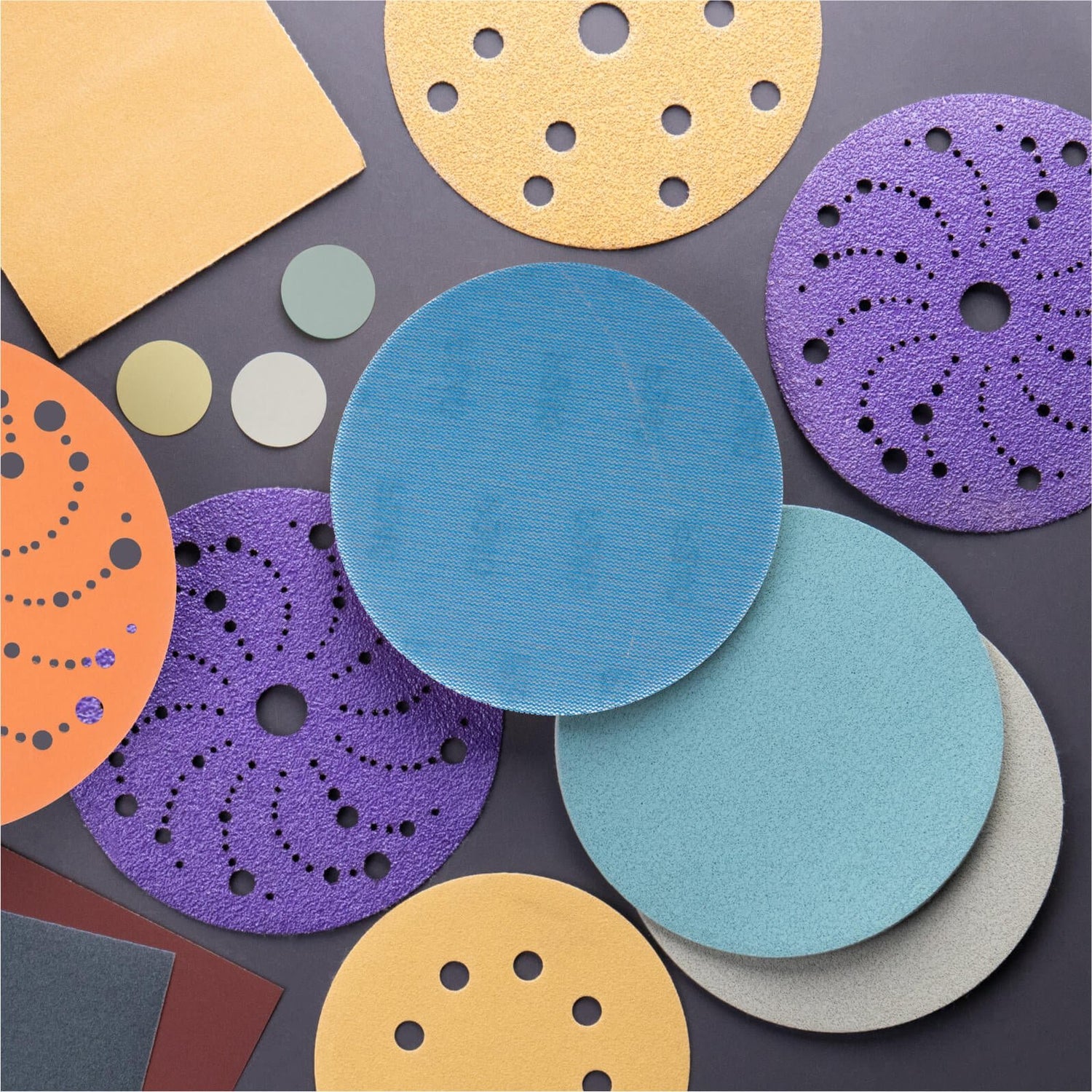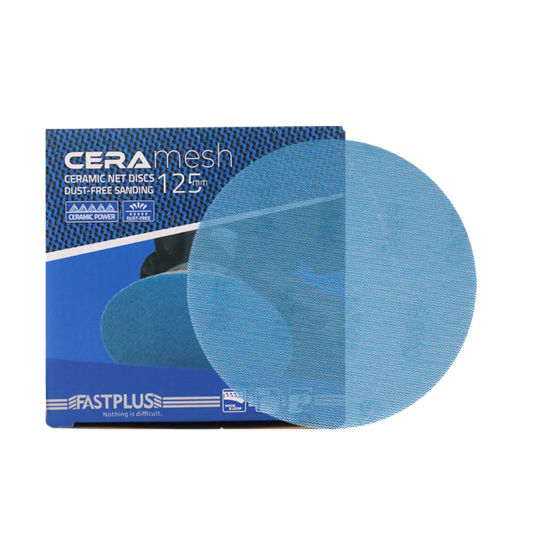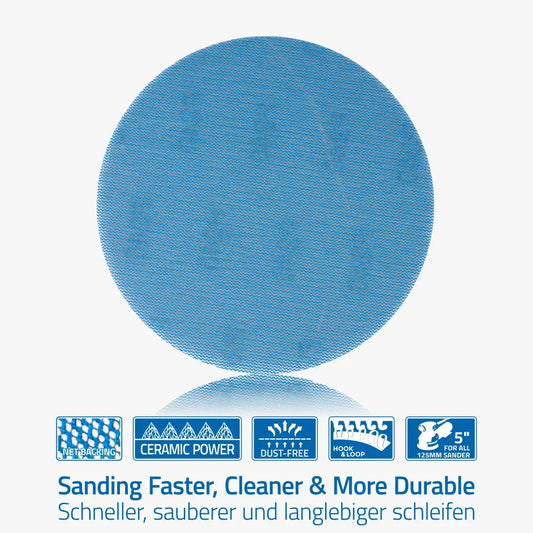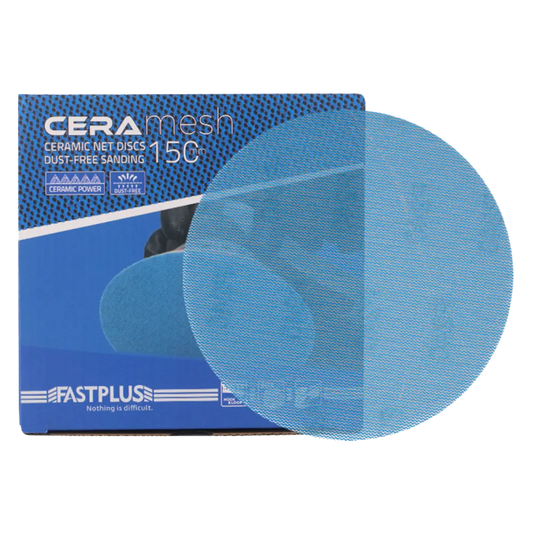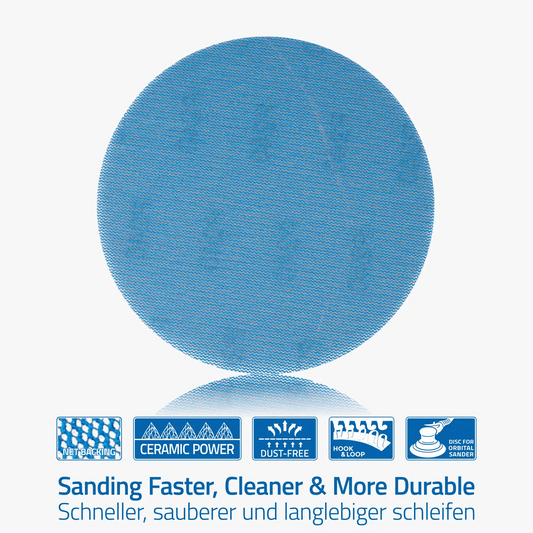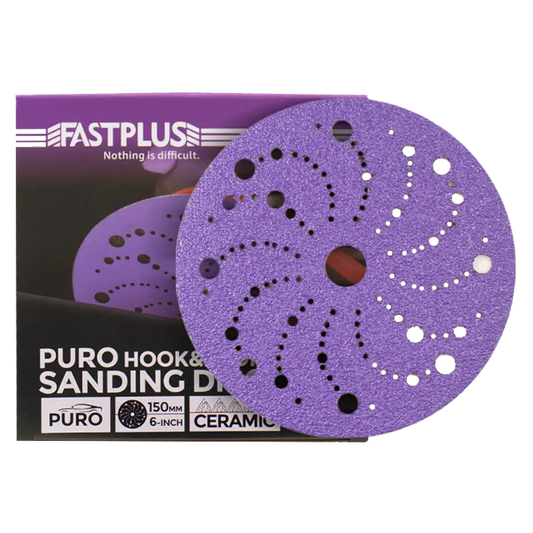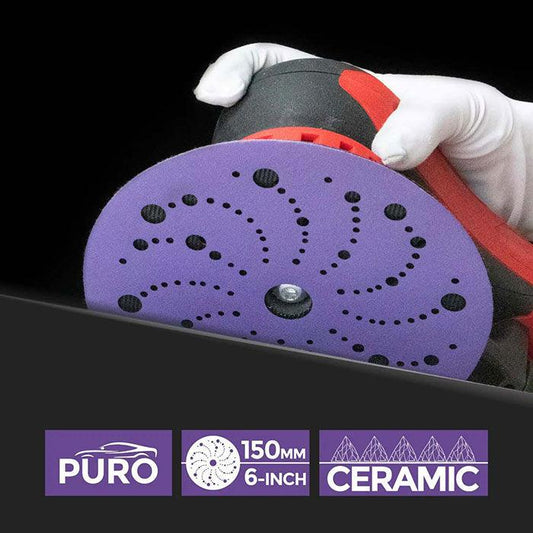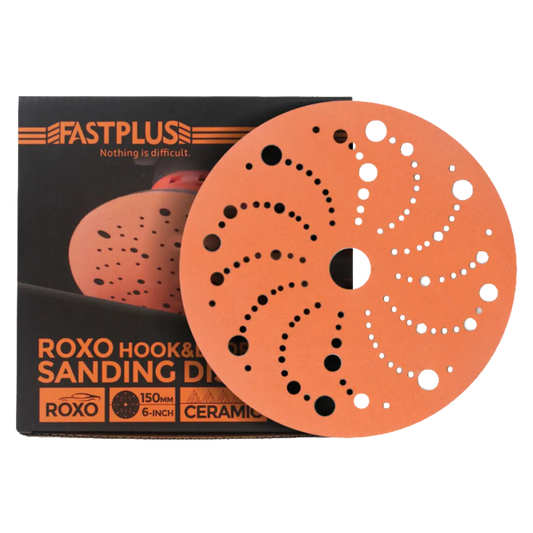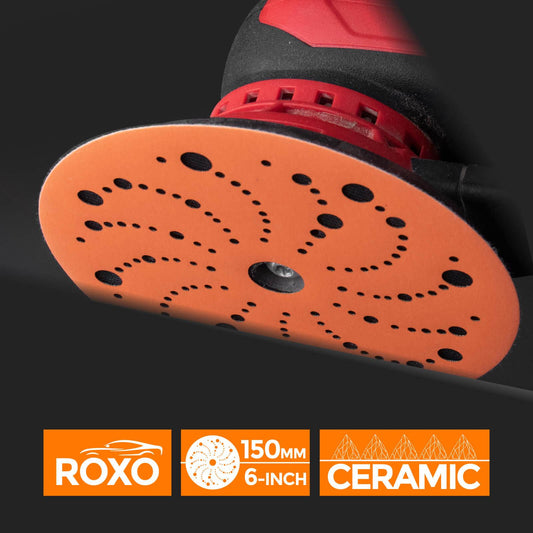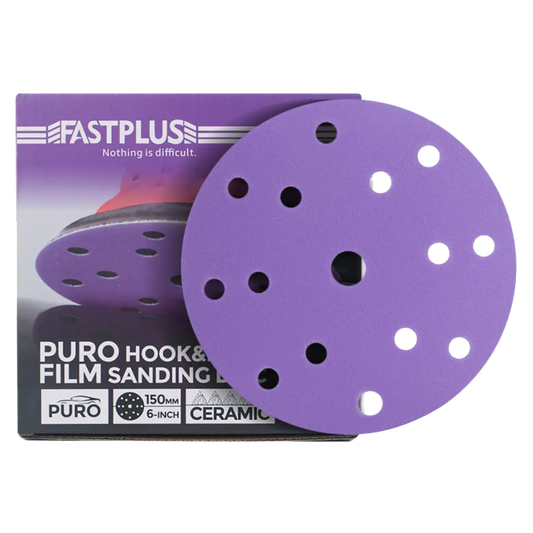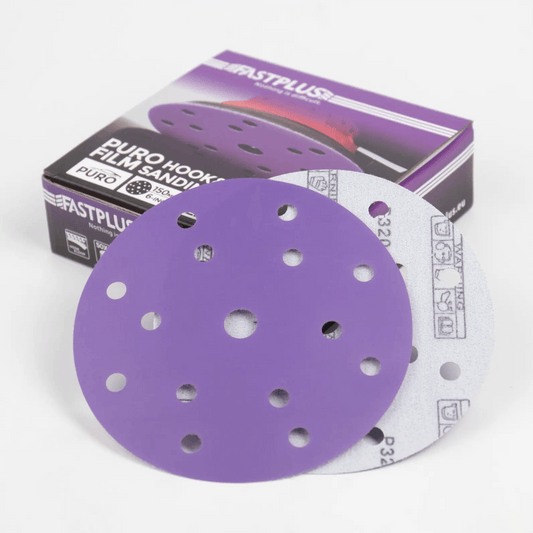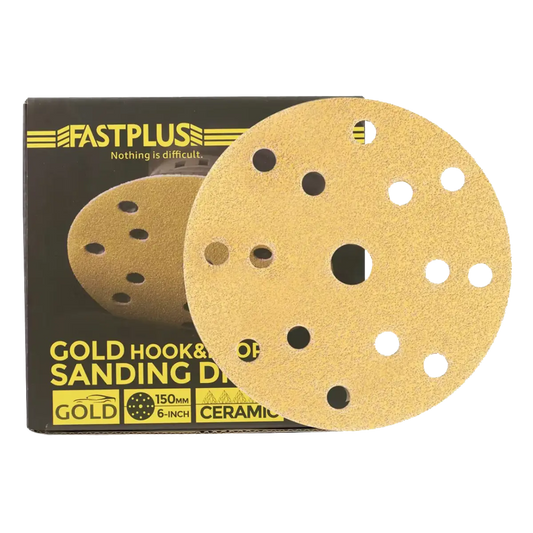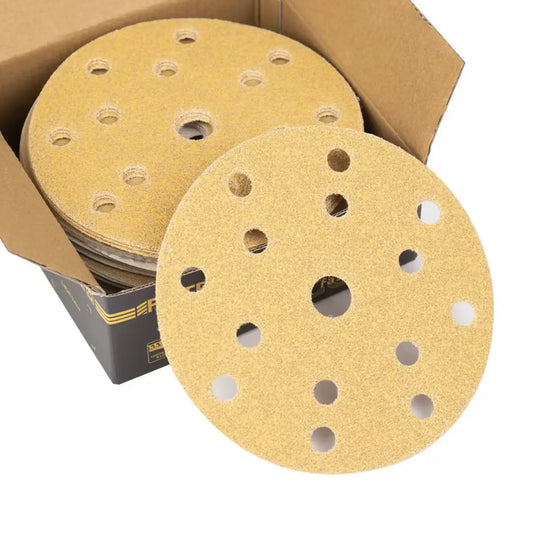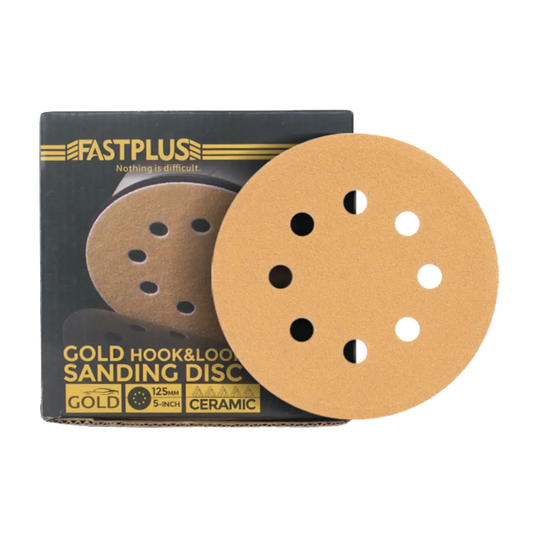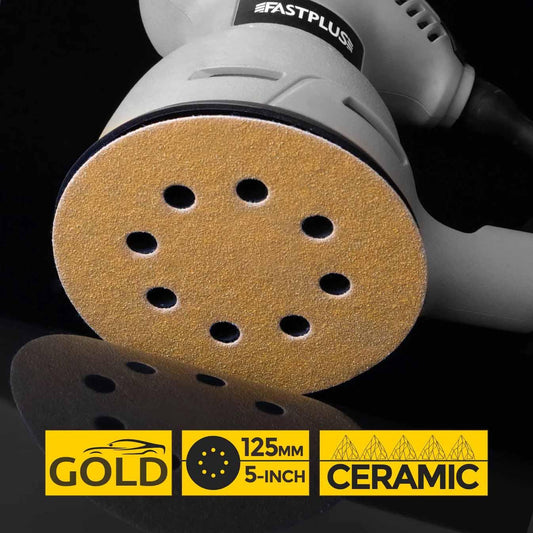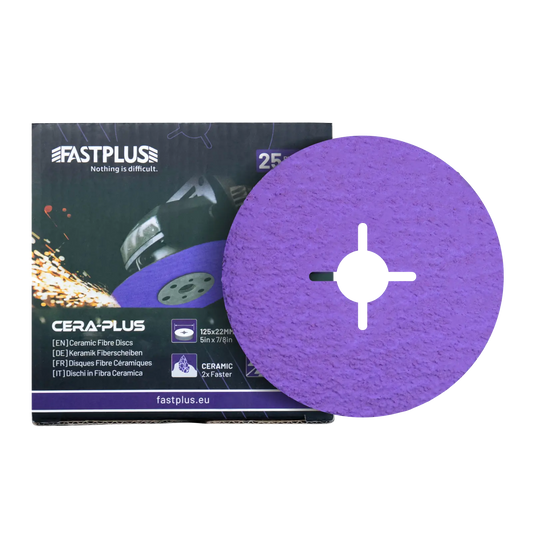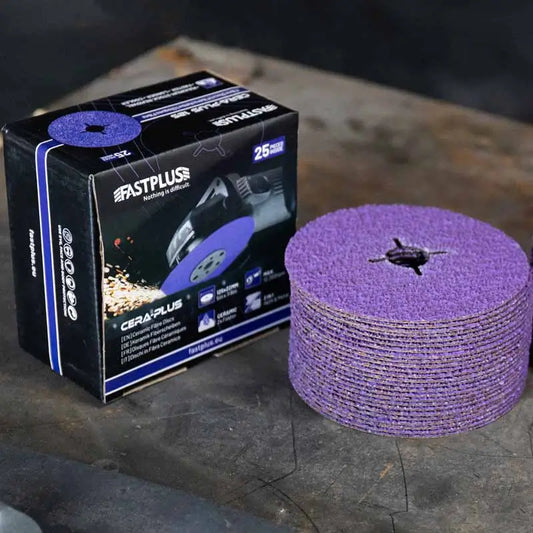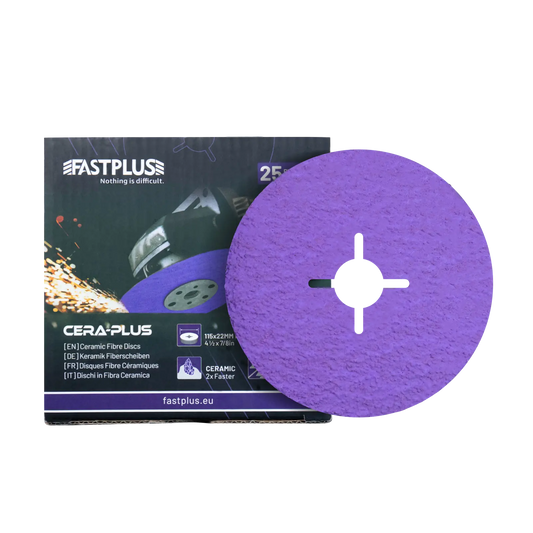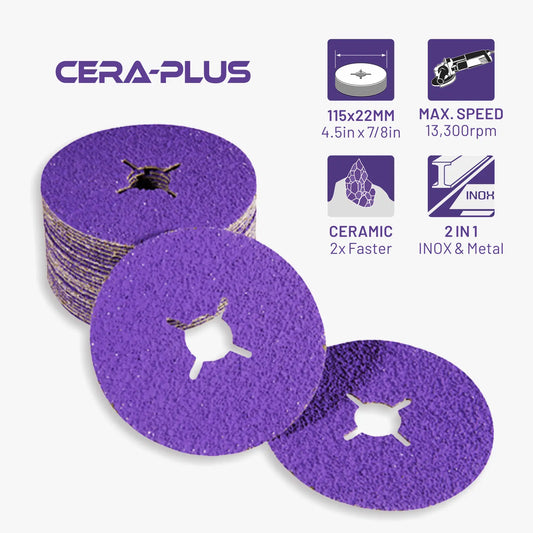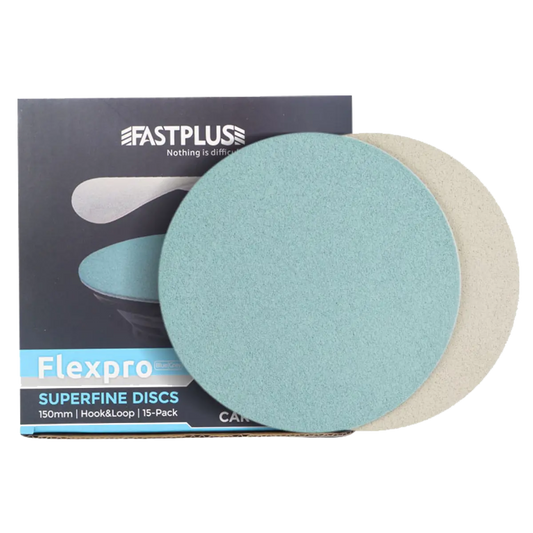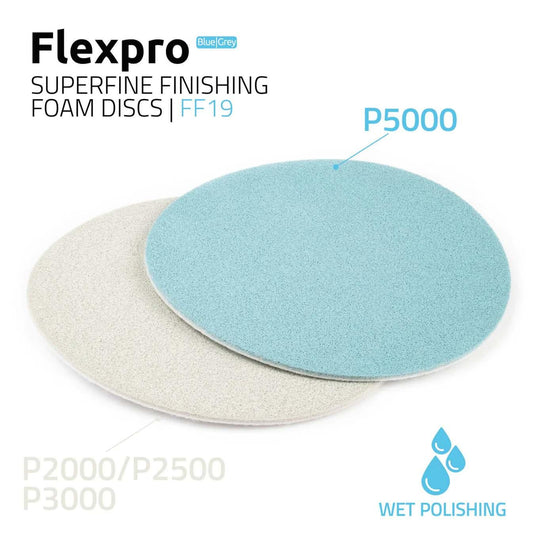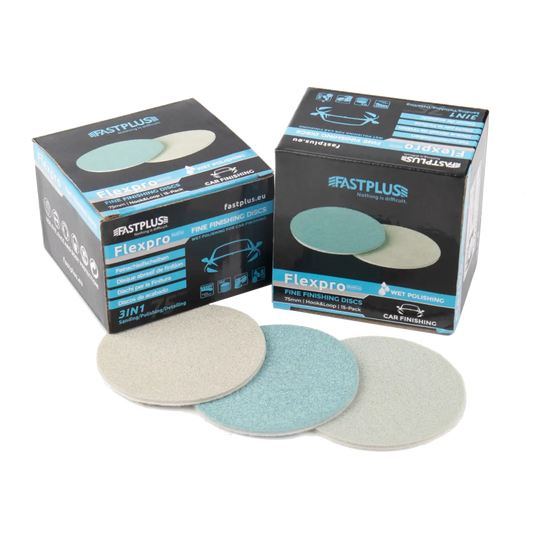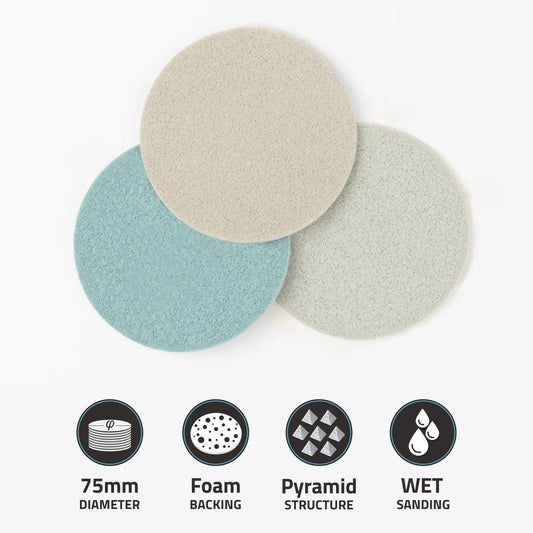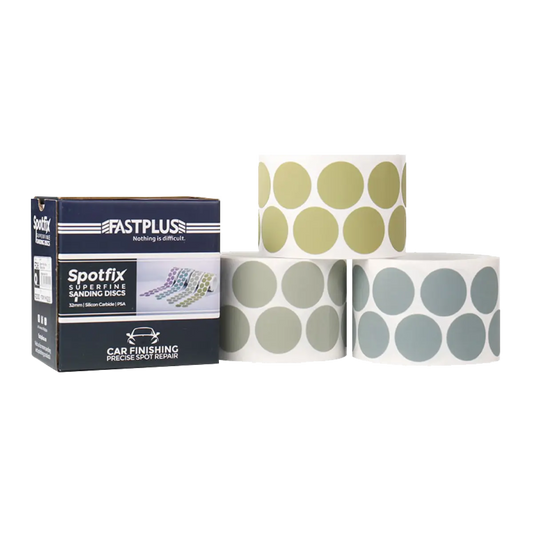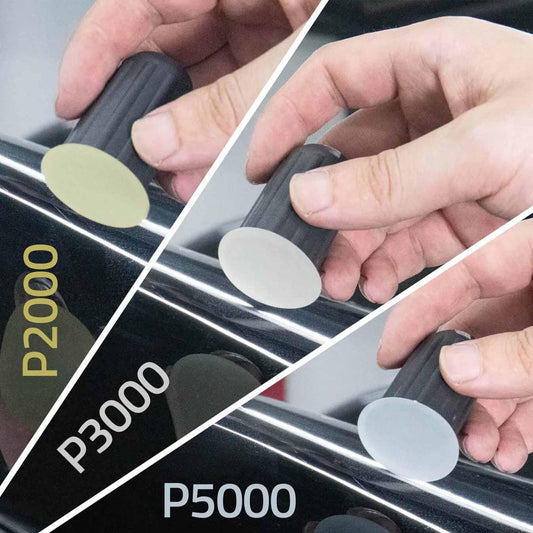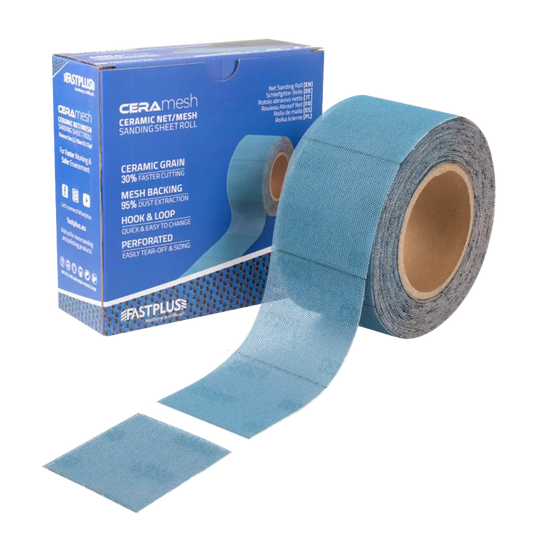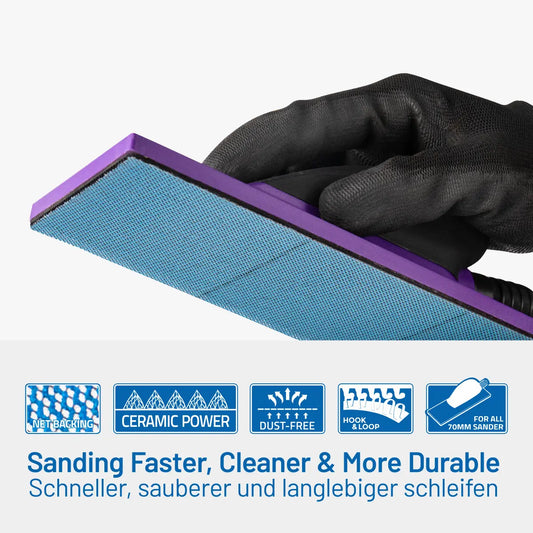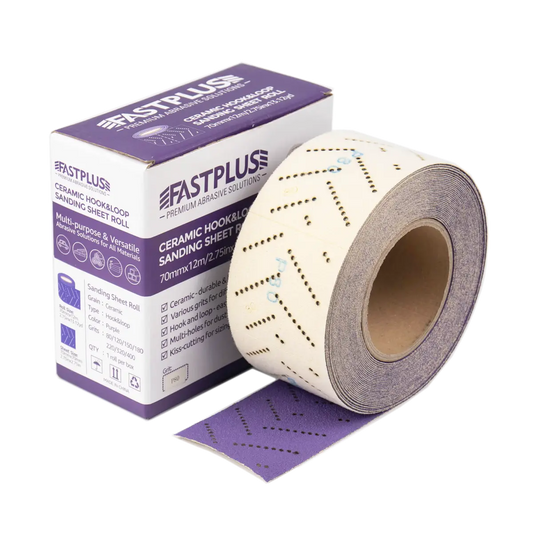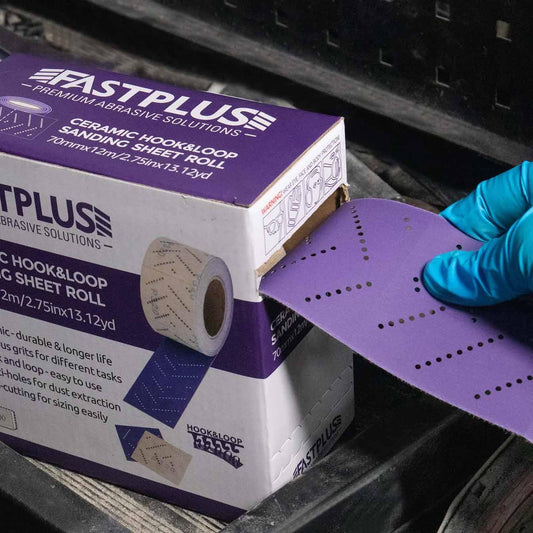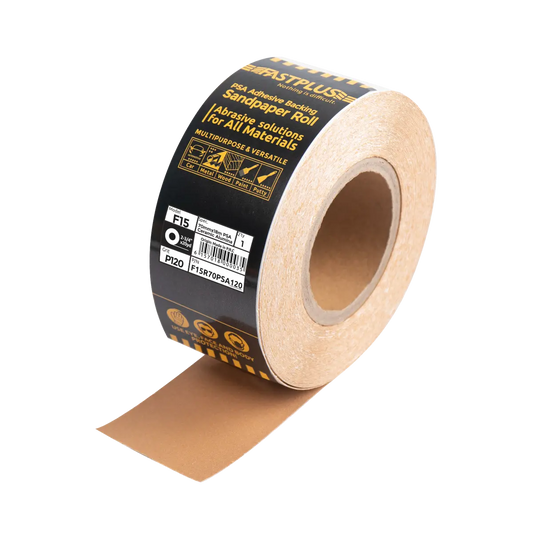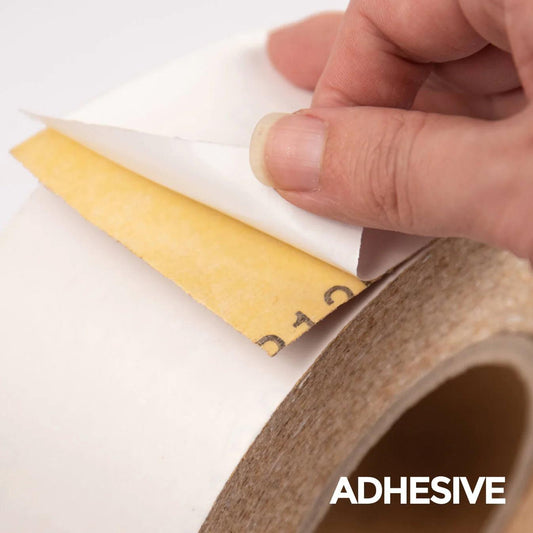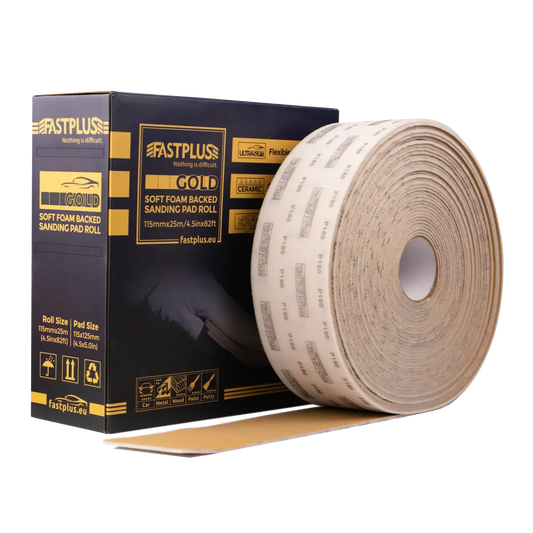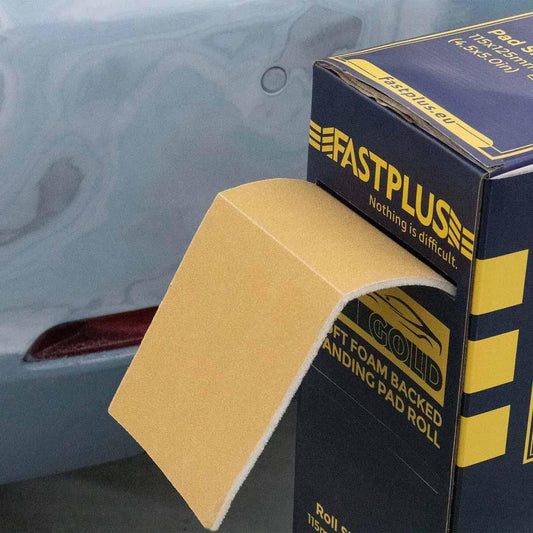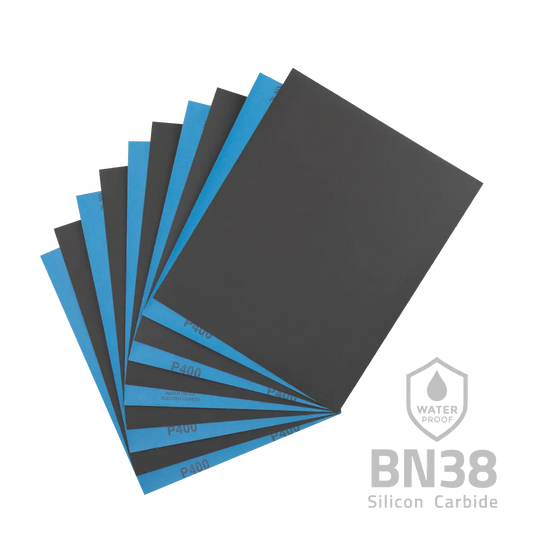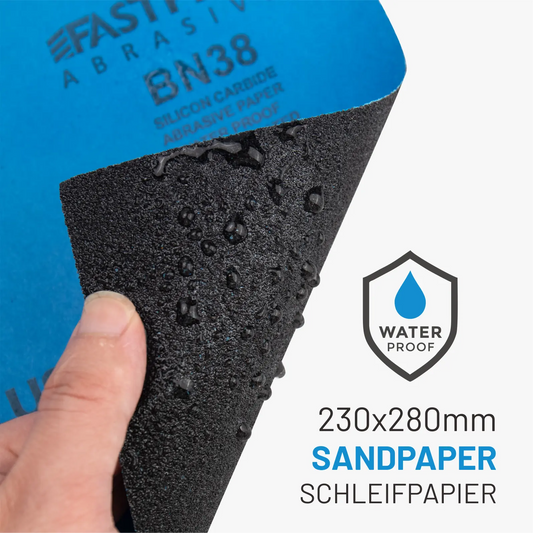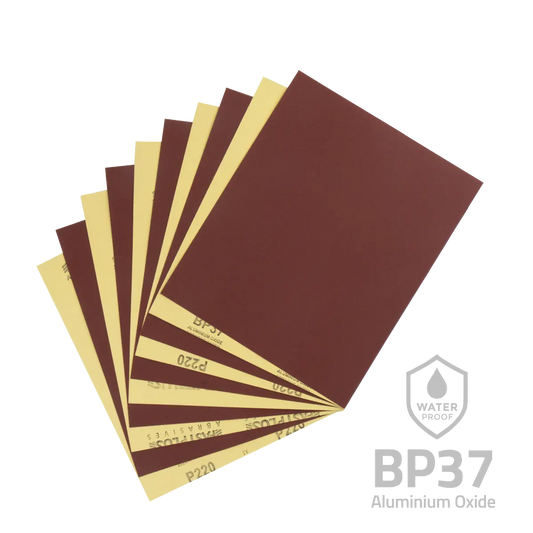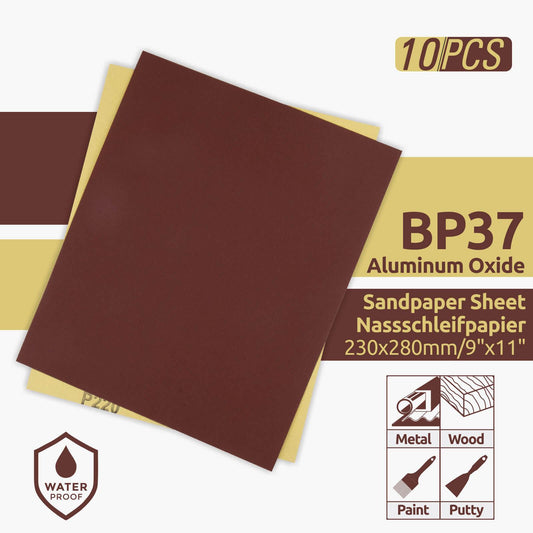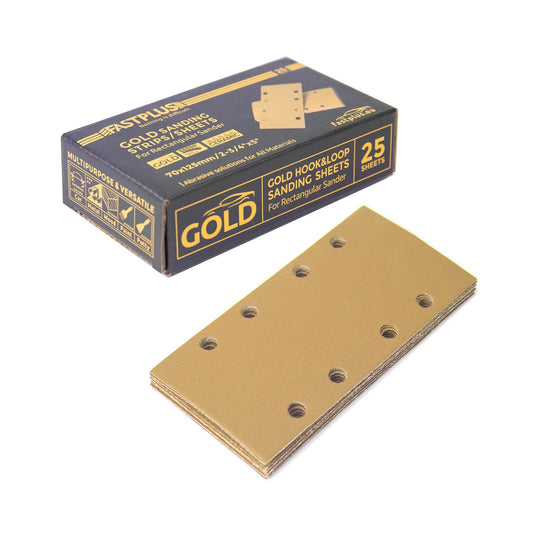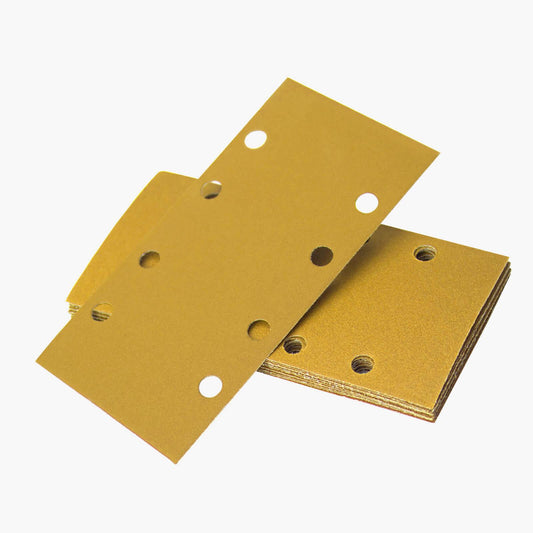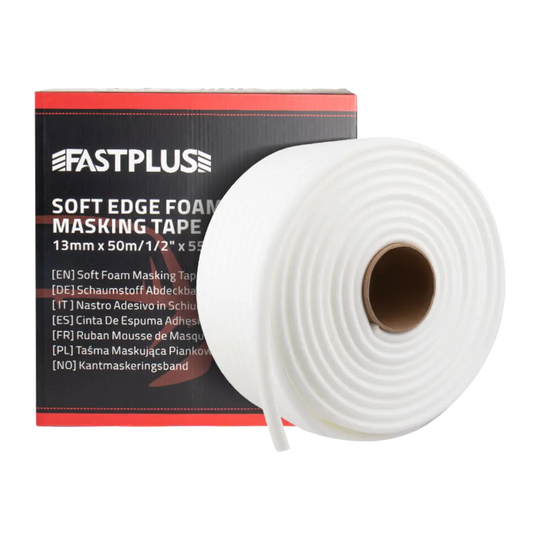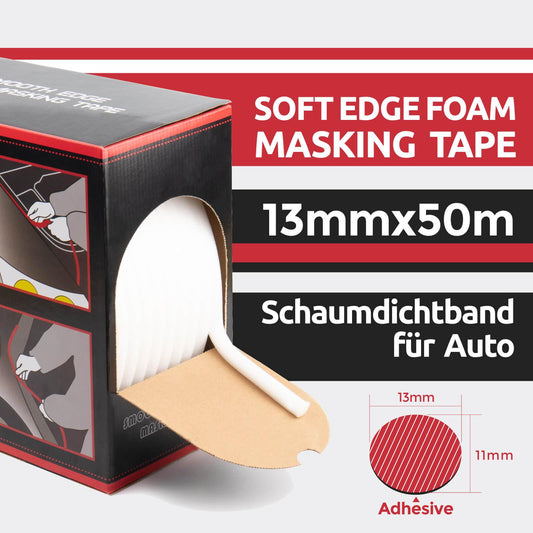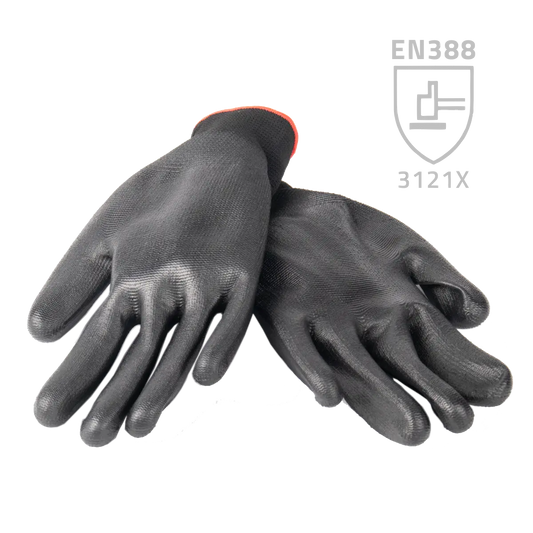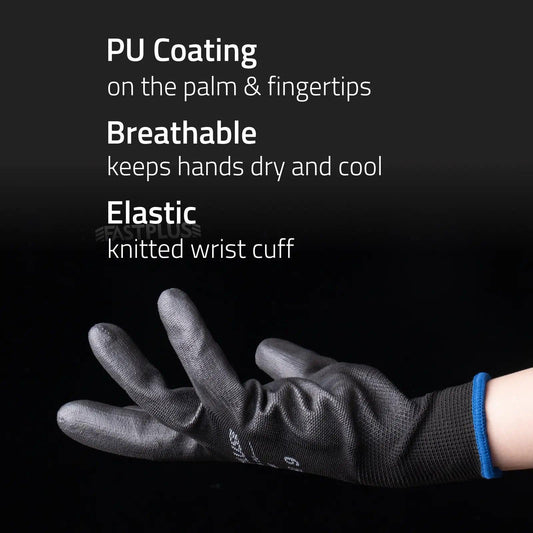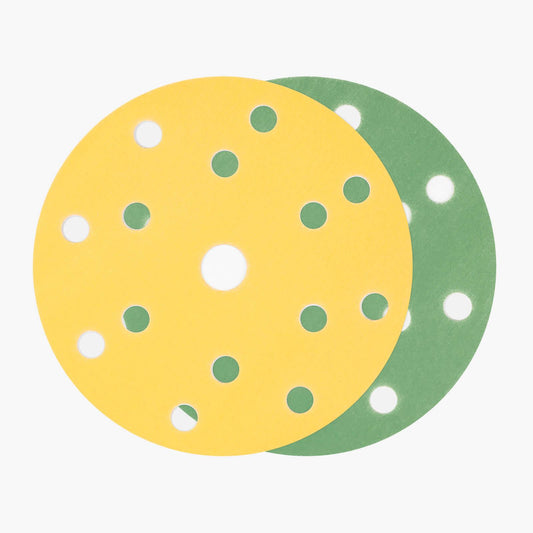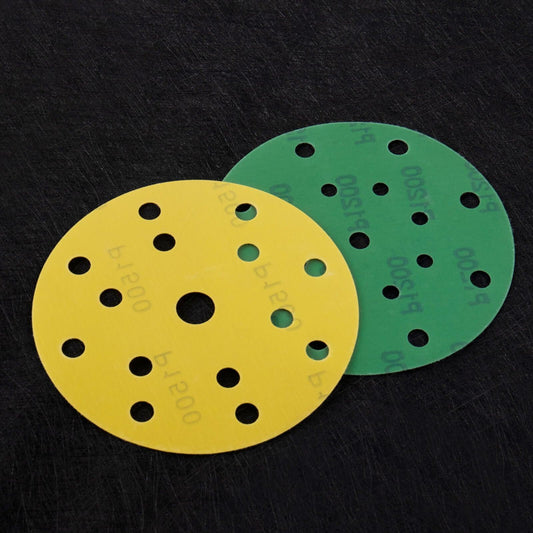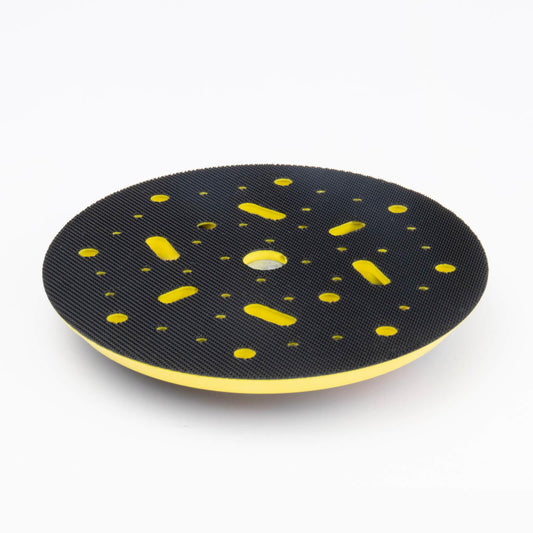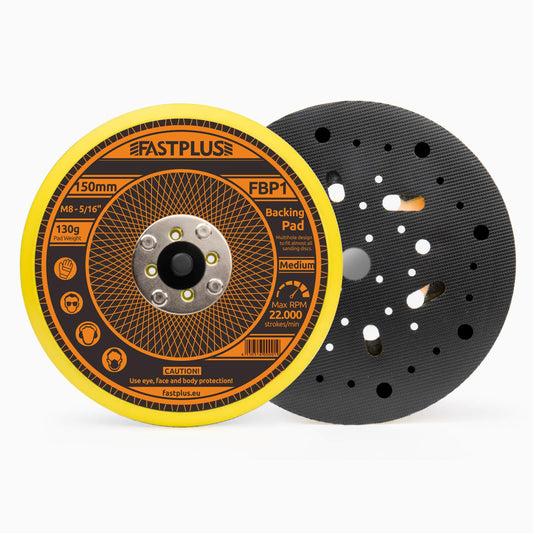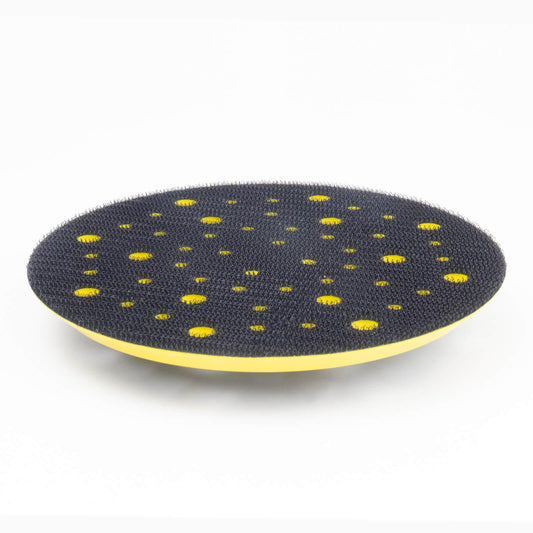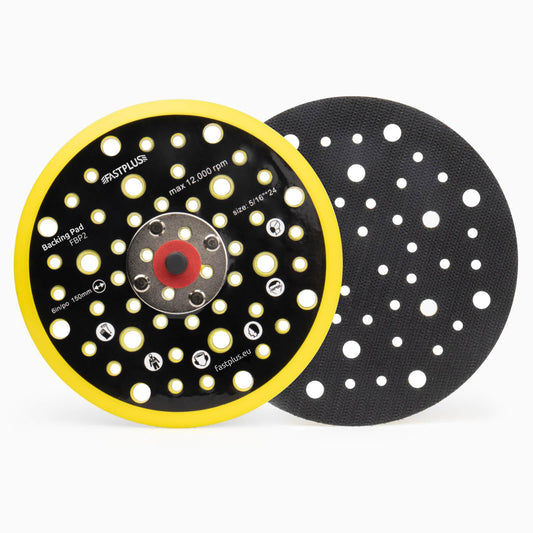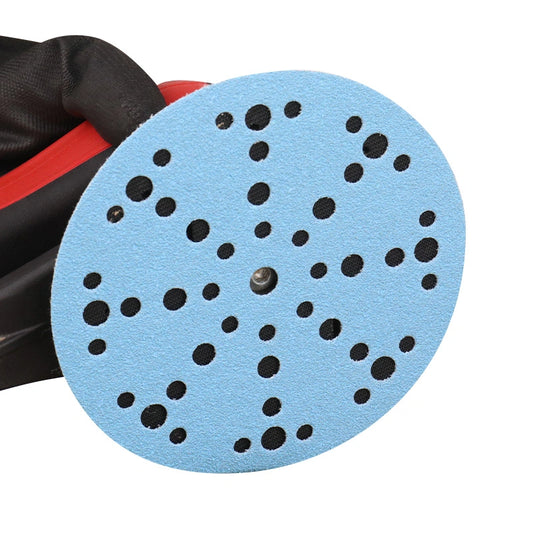
Remove Orange Peel from Black Cars with Wet Sanding
Black cars are notoriously difficult to keep flawless. Even minor imperfections are highly visible, and one common problem is “orange peel” – a bumpy texture on the paint surface that resembles the skin of an orange. Orange peel usually occurs from uneven paint application, improper spraying techniques, or inconsistent drying. Wet sanding is the most effective method to smooth the surface and restore a mirror-like finish. When done correctly, it can dramatically improve the appearance of black paint, enhancing gloss and depth.
What Is Orange Peel?
Orange peel is an uneven texture that develops on painted surfaces. Instead of a smooth, reflective finish, the paint appears bumpy or rippled. The effect is more pronounced on dark colors such as black, because they reflect light unevenly and highlight imperfections.
Common causes include:
- High paint viscosity: Thick paint is prone to uneven leveling.
- Incorrect spray gun settings: Pressure, nozzle size, and spray distance all affect the paint’s surface.
- Uneven overlapping passes: Inconsistent application causes ridges and waves.
- Environmental factors: Temperature, humidity, and airflow can affect drying and curing.
- Fast-drying clear coats: Quick-drying formulas may not level themselves perfectly.
While orange peel doesn’t reduce the durability of paint, it diminishes aesthetic appeal. For black cars, even minor imperfections can be visually distracting. Wet sanding helps level the surface, preparing it for a high-gloss finish.
Why Wet Sanding Works

Wet sanding involves using very fine-grit sandpaper along with water or a lubricant to gently remove a thin layer of clear coat or paint. Water reduces friction and prevents heat buildup, which could otherwise damage the paint.
For black cars, wet sanding is particularly important because:
- Black paint magnifies imperfections: Any unevenness becomes more visible.
- It levels the surface: Creates a uniform, smooth appearance.
- It prepares the paint for polishing: After sanding, the paint can be polished to restore deep gloss.
Without wet sanding, polishing alone may not remove orange peel, especially on new or freshly repainted surfaces.
Tools and Materials You’ll Need
To achieve the best results, gather the following tools and materials:
- Wet/dry sandpaper: Start with 1500–2000 grit to level the surface, then 2500–3000 grit to smooth it. Non-woven or aluminium oxide sanding sheets work well. High-quality sheets prevent clogging and maintain consistent grit.
- Rubber sanding block: Ensures even pressure and prevents gouging or uneven sanding.
- Spray bottle or bucket of water: Keeps the surface lubricated. Some detailers use a water-and-mild-soap solution for smoother sanding.
- Microfiber towels: Essential for drying and wiping debris between sanding steps.
- Masking tape: Protects trims, edges, and emblems.
- Gloves: Optional, but help maintain grip and prevent oils from your hands transferring to the paint.
- Fine Finishing Discs: These are used with a dual-action (DA) or orbital polisher to restore gloss after sanding. Fine Finishing Discs are especially effective for black paint because they refine the surface without introducing swirl marks.
Tip: Flexible sanding rolls or netted sanding sheets are ideal for curves, edges, and hard-to-reach areas. They allow precise control while keeping sanding pressure even.
Step-by-Step Wet Sanding Process
Step 1: Preparation
Proper preparation is critical to avoid scratches and damage:
- Wash the car thoroughly: Remove dirt, dust, and debris. Even tiny particles can cause scratches during sanding.
- Dry completely: Use clean microfiber towels to remove water, except for the lubricating water used during sanding.
- Inspect the paint: Identify areas with orange peel. Some panels may require more sanding than others.
- Mask off sensitive areas: Protect trim, emblems, edges, and any plastic or rubber components with masking tape.
Step 2: Soak and Lubricate Sandpaper
- Soak sandpaper in water for at least 10–15 minutes. This prevents scratches and helps the sandpaper glide smoothly.
- Keep a spray bottle of water nearby to maintain lubrication throughout the sanding process.
- Optional: Add a small amount of car soap to the water to further reduce friction.
Tip: Never allow sandpaper to dry out on the surface. Dry sanding can cause micro-scratches and may require starting over.
Step 3: Sanding Technique
- Wrap the sandpaper around a rubber sanding block to ensure even pressure.
- Work in straight, overlapping strokes, moving with the panel’s shape. Avoid circular motions at this stage, as they can cause uneven sanding.
- Keep the surface wet at all times. Spray water frequently to prevent clogging.
- Periodically wipe the area with a microfiber towel to check progress. Stop sanding when the orange peel is visibly reduced.
Tip: For tight areas or curves, small sanding rolls or netted sheets allow better control and prevent excessive material removal.
Step 4: Move to Finer Grits
- After leveling with 1500–2000 grit, switch to finer grits (2500–3000).
- Fine grit sanding removes minor scratches left by coarser papers and creates a smooth finish.
- Maintain gentle, even pressure, and keep the surface wet.
- Check under bright light to ensure uniform smoothness before moving to polishing.
Step 5: Clean and Dry
- Rinse the sanded area thoroughly to remove sanding residue.
- Dry with a microfiber towel.
- Inspect under good lighting to ensure no sanding marks remain.
Tip: Use a clean, damp microfiber towel between grit changes to remove fine debris and avoid scratching.
Step 6: Polishing
Once the surface is smooth:
- Apply Fine Finishing Discs to a dual-action (DA) or orbital polisher.
- Work in small, overlapping sections for even polishing.
- Maintain consistent speed and pressure to restore high gloss.
- After polishing, wipe with a microfiber towel to reveal a smooth, mirror-like finish.

Fine Finishing Discs are especially useful on black paint because they refine the surface without leaving swirl marks. They are ideal for both flat panels and curved areas, preserving the depth and richness of the black paint.
Step 7: Waxing (Optional)
- Apply a high-quality wax or paint sealant to protect the surface.
- Waxing enhances gloss, reduces micro-scratches, and prolongs the life of the paint.
Tips and Precautions
- Always keep the surface wet during sanding to prevent scratches.
- Test on a small, hidden area first if you are new to wet sanding.
- Use consistent pressure and overlapping strokes to avoid dips or waves.
- Avoid sanding through the clear coat – the goal is leveling, not paint removal.
- Work in shaded areas or cooler conditions to reduce heat buildup.
- Clean your sandpaper frequently to maintain efficiency and prevent clogging.
Common Mistakes to Avoid
- Using too coarse a grit, causing deep scratches
- Pressing too hard, creating uneven surfaces
- Skipping lubrication
- Ignoring small scratches before moving to finer grit
- Sanding in circular patterns before leveling is complete
Alternatives and Complementary Techniques
- Machine polishing alone: For very minor orange peel, polishing with Fine Finishing Discs may reduce unevenness.
- Buffing: Soft pads can refine areas where sanding is difficult.
- Repainting: Severe orange peel may require repainting for a perfect finish.
However, for most black cars with noticeable orange peel, wet sanding combined with polishing is the most effective solution.
Conclusion
Removing orange peel from black cars requires patience, attention to detail, and the right tools. Wet sanding is the industry-standard method to achieve a smooth, glossy surface that truly showcases the beauty of black paint. By following the steps outlined in this guide—preparation, sanding, polishing, and finishing—you can effectively level your car’s paint, restore its reflective shine, and make your black vehicle look stunning. Remember to work carefully, always keep the surface wet, and polish thoroughly to reveal a mirror-like finish that eliminates the distracting orange peel.
A flawless black car is a sight to behold, and wet sanding is the key to achieving perfection. With practice and careful execution, even amateur detailers can transform their car’s surface from textured and dull to sleek and reflective.

